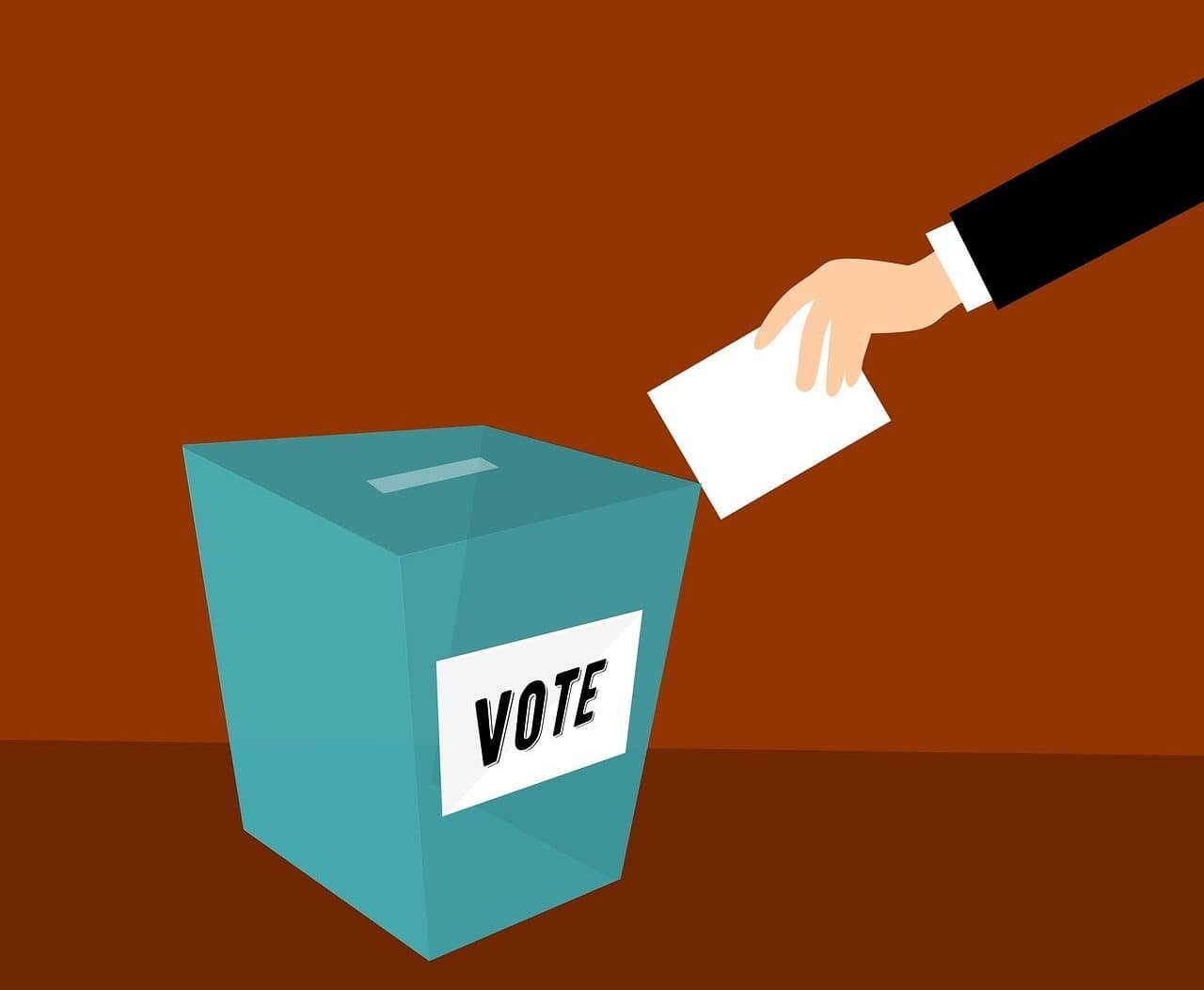
In a national assembly, citizens express themselves through their representatives.
The national assembly is the state body that exercises the legislative power of a country . When the concept refers to a specific entity and is not used generically, it is written with initial capital letters.
The notion can refer to different types of institutions. At the same time, the use of the name is not the same in all nations. The national assembly can be the Parliament , the Congress or the Senate , for example.
It should be noted that an assembly is called a meeting of the members of a certain body, whose convocation is formally made according to a regulation to discuss the corresponding matters. The adjective national , meanwhile, refers to what is characteristic of a nation.
The national assembly and the powers of the State
The State has three main powers: developing public policies ( executive power ), creating laws to regulate the functioning of society ( legislative power ) and administering these rules ( judicial power ).
These powers are exercised by different institutions. In a rule of law with representative democracy , each person enjoys autonomy and independence, without having the possibility of imposing themselves on the other. That is why it is argued that the separation of powers guarantees a balance that prevents abuses.
A national assembly, in this framework, exercises legislative power by proposing new laws . It is also empowered to modify those that already exist. How these processes occur depends on the country 's Constitution.
Legislators can be deputies or senators , for example. Typically, they are representatives of society who, thanks to the votes obtained in elections, gain access to a seat in the legislative body.
It is interesting to note that legislative power can be exercised through a unicameral system or a bicameral system . In the first case, community representatives elected indirectly or directly legislate, depending on the case. In the bicameral format, a chamber is added that represents subnational entities (such as departments or provinces). A different modality presents the United Kingdom , where the chamber that is added assumes the representation of a caste (the House of Lords ).

Parliamentary debate can take place in the national assembly.
The case of Cuba
If we take the case of Cuba , the legislative power falls on the National Assembly of People's Power ( ANPP ). It is made up of deputies who represent the 168 municipalities of the country and serve for periods of five years.
The ANPP has constituent and legislative powers, defined by the 2019 Constitution . One of the powers of this national assembly is the election of the president and vice president, which must be carried out by absolute majority . It also elects the members of the Supreme People's Court , the National Electoral Council , the Council of State and the Council of Ministers .

The National Assembly of People's Power of Cuba is responsible for electing the president of the republic.
The National Assembly of Venezuela
The National Assembly of the Bolivarian Republic of Venezuela is in charge of the exercise of the legislative power of said South American country. Since 1999 , when the current Constitution came into effect, it has functioned as a unicameral system with more than 200 deputies.
Domestic policy; Foreign Policy, Sovereignty and Integration; Security and Defense of the Nation; Energy and Petroleum; Finance and Economic Development; and Education, Health, Science, Technology and Information are some of the permanent commissions of this National Assembly , which has regular meetings during two periods of sessions a year.
The organization in other countries
Ecuador 's legislative power is also exercised by a National Assembly . Made up of 137 assembly members, it is structured as a unicameral parliament.
It should be noted that the National Assembly of the Republic of Ecuador replaced the National Congress after the approval of a Constitution in 2008 . There its formation was established with national, provincial, district and migrant assembly members.
The National Assembly of France , on the other hand, constitutes the lower house of Parliament . In addition to controlling the government , it is in charge of proposing and reforming laws. Similarly, the National Assembly of South Africa is the lower house of the corresponding Parliament .
The National Assembly of the French Revolution
At a historical level, the National Assembly that functioned within the framework of the French Revolution is one of the best-known entities. It was in force between June 1789 and September 1791 , with a unicameral regime.
This assembly succeeded the States General , summoned by the king to bring together representatives of those cities that had a consistory, the nobility and the clergy. The National Assembly created in 1789 had the novelty of directly representing the people.
The entity gave way to the emergence of the National Constituent Assembly , which was in charge of drafting the Constitution of 1791 , suppressed feudalism and approved the Declaration of the Rights of Man and of the Citizen , among other milestones that marked French history and transcended borders. and the times.
The dissolution of the National Constituent Assembly took place on September 30, 1791 , when the king approved the Constitution in question. Then the Legislative Assembly emerged.
